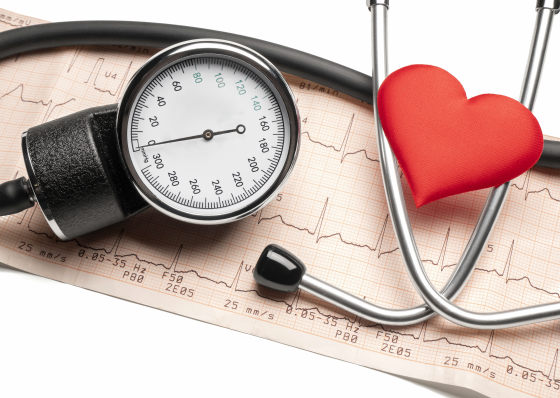What is 'IMST' that improves hypertension to '30 minutes walking' by breathing for only 5 minutes a day?

Exercise and diet are common ways to improve high blood pressure, but new research has shown that 5 minutes of breathing training a day can improve high blood pressure as well as walking 30 minutes a day, 5 times a week. It was.
Time-Efficient Inspiratory Muscle Strength Training Lowers Blood Pressure and Improves Endothelial Function, NO Bioavailability, and Oxidative Stress in Midlife / Older Adults With Above-Normal Blood Pressure | Journal of the American Heart Association
5-minute breathing workout lowers blood pressure as much as exercise, drugs | CU Boulder Today | University of Colorado Boulder
https://www.colorado.edu/today/2021/06/29/5-minute-breathing-workout-lowers-blood-pressure-much-exercise-drugs
This 5-Minute Breathing Exercise Lowers Blood Pressure as Much as Drugs or Exercise
https://www.sciencealert.com/this-5-minute-breathing-exercise-lowers-blood-pressure-as-much-as-drugs-or-exercise
In this study, the effect of inspiratory muscle strengthening training (IMST) on blood pressure was confirmed experimentally. IMST was developed in the 1980s to help strengthen muscles in people with severe respiratory illness. Hold a dedicated device in your hand and take a vigorous breath while receiving resistance to strengthen your muscles.
You can see how IMST is performed from around 12 seconds after the start of playback of the following movie.
Lowering Blood Pressure in 5 Minutes-YouTube
This is an IMST dedicated device.

Put on the tape that closes your nose, then put the inhalation port into your mouth and inhale vigorously.

The research team, including Doug Shields, an integrated physiologist at the University of Colorado at Boulder, conducted experiments on 36 adults aged 50 to 79 years with systolic blood pressure above normal at 120 mmHg or higher. Half of the subjects performed high-resistance IMST for 5 minutes daily and 6 times a week for 6 weeks, and the other half performed low-resistance IMST under the same conditions. Exercise time of 5 minutes is equivalent to 30 deep breaths.
As a result, the high-resistance IMST group reduced systolic blood pressure by an average of 9 points after the experimental period. This is equivalent to the effect of walking 30 minutes a day, 5 days a week. The research team also states that it corresponds to the effect of drug therapy with antihypertensive agents.
'The improvement in systolic blood pressure seen this time is clinically significant, reducing the risk of death from cardiovascular disease by 30-40%.'
It should be noted that the improvement in blood pressure of the subjects continued even after the high resistance IMST was stopped. 'Not only is it more time-efficient than traditional exercise programs, but the benefits can be long-lasting,' said Daniele Craighead of the University of Arizona, who conducted the study.

In addition, 45% of the subjects who underwent high-resistance IMST confirmed the effect of preventing plaque accumulation such as 'improved vascular endothelial function', 'increased arterial dilation ability', and 'increased nitric oxide level'. In addition, it was confirmed that the levels of inflammation and oxidative stress, which may increase the risk of heart attack, were significantly reduced.
The researchers do not fully understand the mechanism by which high-resistance IMST improves blood pressure, but respiratory movements produce nitric oxide in the cells that line blood vessels, relaxing muscles and improving blood flow. It shows the possibility.
This study is small, and a larger study is needed to recommend high-resistance IMST as a method of improving blood pressure. On the other hand, the research team emphasized that 95% of the subjects who underwent high resistance IMST completed the training to the end and there are few dropouts, so it is 'a method that is actually easy to start'. I will.
Related Posts:







